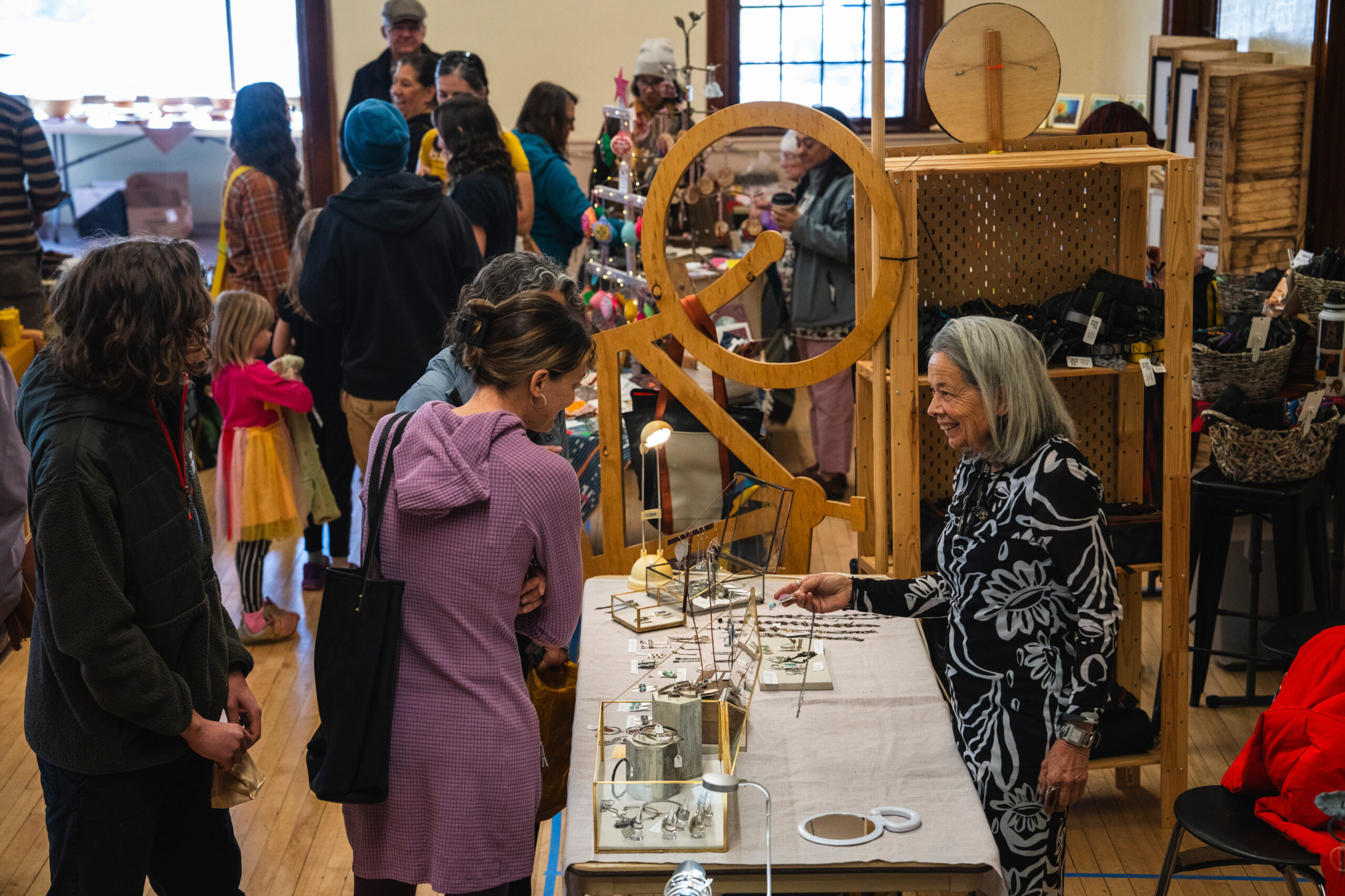
The Grand County Commission voted 4-2 Tuesday to request Planning Commissioner Laura Long’s resignation, citing comments she made during a March 5 meeting on the Kane Springs development where she described the process as “rigged from the start” and referenced “corruption” in local politics.
Read more about the Kane Springs development and its local opposition
In a statement to the Moab Sun News, Long was emphatic that she would not resign.
“I’m here to focus on the people‘s business, and I will not bow to attempts to intimidate me into not exercising my right to criticize government actions,” Long said. “I take my duties and responsibilities on the Planning Commission seriously. I have fulfilled these duties and responsibilities in compliance with the Planning Commission bylaws, the Grand County Land Use Code, and the County’s Conflict of Interest policy.”
Long, who joined the Grand County Planning Commission in August 2024, defended herself in a public statement, characterizing the action as “an ideologically motivated attempt to remove someone who may sometimes disagree with the current political majority of the County Commission on a single issue.”
The request for resignation was presented by administrative staff as a concern about the impartiality of a board member, but the discussion mainly focused on the appropriateness of comments given at a March 5, 2025, public hearing on the preliminary municipality application for the Kane Springs development.
While Long is an outspoken opponent of the Kane Springs development, Planning Commission Chair Tony Mancuso testified that Long had filed a conflict of interest statement about her work with the Kane Springs Development Watch group and had agreed to recuse herself from any related votes.
At the March 5 meeting, Long did not identify herself as a planning commissioner during her remarks and did not identify any county commissioners by name.
“We can go back to the record-breaking amount of money that [Kane Springs developer Craig] Weston and [Utah US Senator] John Curtis poured into our local elections here in Grand County,” Long said at the March 5 meeting. “The beneficiaries are here tonight, the ones that didn’t raise their hands in the corner of the room in the back there.”
The ‘commissioners in the room’ apparently included Commissioner Melodie McCandless, who cited these comments as a reason for requesting Long’s removal from the board.
“Having 230 people turn around—and I was the only elected official back there—and have people looking at me like that wasn’t fair,” McCandless said.
McCandless said that the public call-out at the meeting made her feel unsafe. She said that while Long reached out to her to say “she was sorry that I felt scared for my daughter,” McCandless did not consider that an adequate apology.
The meeting was heated. At one point Commissioner Brian Martinez attempted to eject Long from the meeting, accusing her of making threatening gestures from the audience.
Commissioners opposing the removal expressed strong concerns about freedom of speech. Commissioner Trish Hedin called the process “a disgrace” and argued that Long was exercising protected speech outside her official capacity.
Hedin described herself as “beyond angry” at what she saw as an attack on the rights of volunteer board members.
“You’re never going to see me vote to remove a volunteer from a board or to run over a board’s recommendation,” said Hedin, alluding to a vote in February where a board’s recommendation was overruled by the Commission.
Commissioner Mary McGann noted that public criticism “is also something we sign up for” as elected officials, not something that should invite retaliation. McGann said that she herself had been the target of criticism that made her uncomfortable, but dealt with it personally.
Commissioner Martinez countered that the issue wasn’t merely criticism but making allegations of corruption, while Commission Chair Bill Winfield said that the commission deserved “respect.”
The request for Long’s removal sparked significant community pushback, with multiple citizens speaking against it during public comments including Planning Commission member Robert O’Brien.
“Political speech is protected whether the person is a planning commissioner, county commissioner, or not on any commission or board,” O’Brien said.
The First Amendment of the U.S. Constitution protects individuals’ rights to free speech from government interference, including the right to criticize public officials and allege governmental misconduct—including public employees and officials when they speak as private citizens on matters of public concern. However, the legal application of these protections is open to interpretation and arguable in court.
Long questioned why this standard was being applied to her when, she alleges, it has not been applied to others with “actual direct financial ties to certain developments.”
The motion to approve a letter requesting Long’s resignation was passed 4-2, with commissioners McCandless, Winfield, Martinez and Mike McCurdy in favor, Hedin and McGann opposed, and Commissioner Jacques Hadler abstaining. Hadler said that he thought the issue should never have come before the commission.
While commissioners approved sending the letter requesting Long to resign, there was little to no discussion of procedural ways to remove her from the board.
“If we ask for her resignation and she doesn’t resign, I would hope that everyone on all the boards understand that this is the precedent that we’re going to set,” said Commissioner McCandless.
This is a developing story. The Moab Sun News has requests for comment out to multiple sources and the story will be updated with additional information or comment as it comes in.
Appreciate the coverage? Help keep local news alive.
Chip in to support the Moab Sun News.




